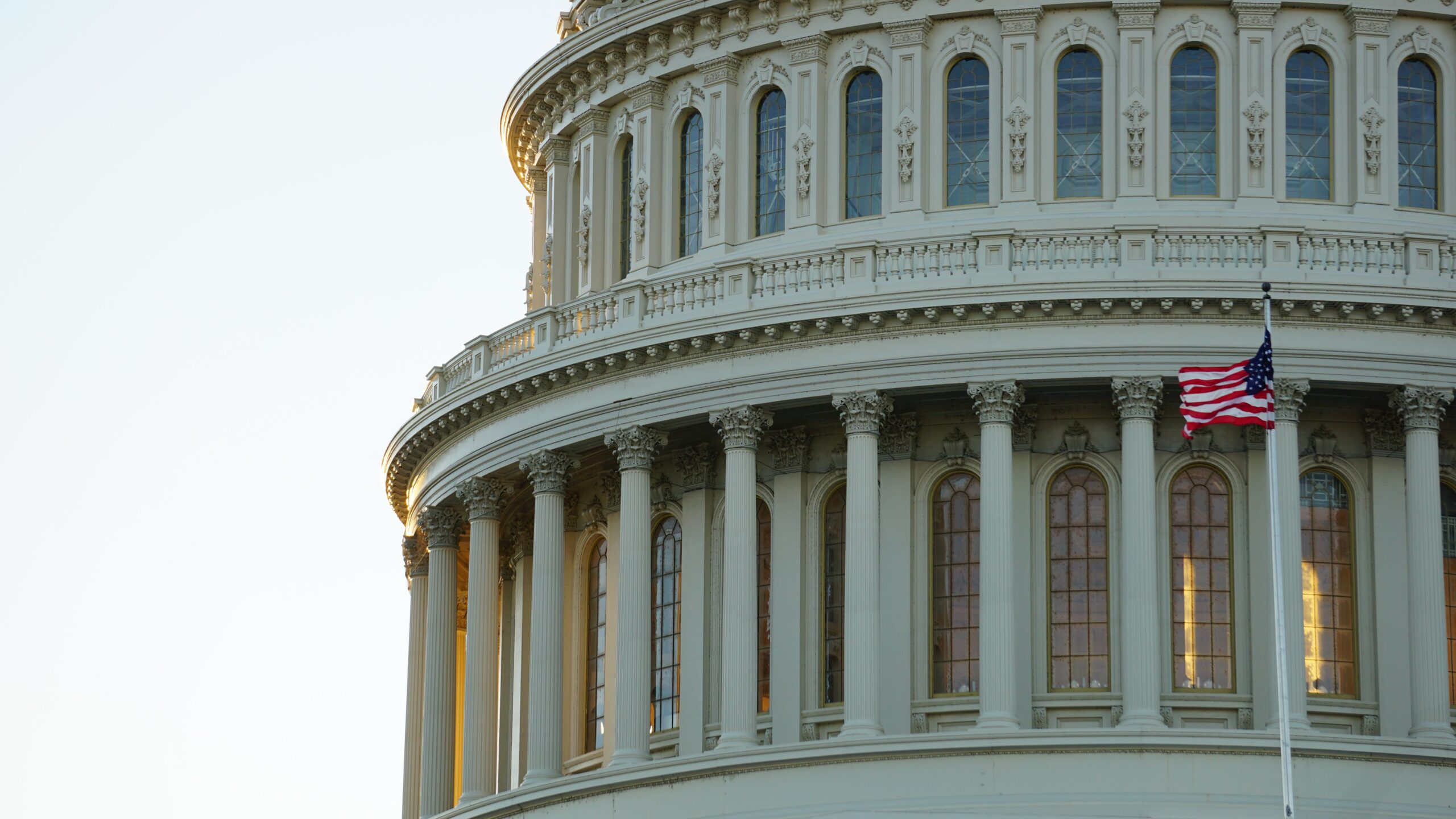

August core CPI slowed to 10bp MoM from 33bp in July, against a 30bp consensus expectation and my 20bp expectation (Chart 1). The slowdown was broad based and likely reflects weaker demand more than stronger supply.
First, anecdotal evidence suggests supply bottlenecks are still pervasive, especially for goods with typically longer supply chains than services. Second, demand appears less likely than supply as a driver of goods inflation since households have been rebalancing consumption towards services and away from goods. And yet, despite the rebalancing, core services inflation was 0% MoM in August.
This article is only available to Macro Hive subscribers. Sign-up to receive world-class macro analysis with a daily curated newsletter, podcast, original content from award-winning researchers, cross market strategy, equity insights, trade ideas, crypto flow frameworks, academic paper summaries, explanation and analysis of market-moving events, community investor chat room, and more.
Summary
- The August CPI was lower than expected and likely marks the start of disinflation.
- This disinflation reflects demand weaknesses more than easing supply bottlenecks.
- The weaker CPI than PPI increase suggests the US economy is returning to its pre-pandemic regime of mediocre growth and inflation.
- Continued disinflation is unlikely to impact the Fed taper but will support lower dots at the December FOMC meeting.
Market Implications
- Curve to flatten from here; short end of the curve to reprice lower closer to the December FOMC meeting.
August Disinflation Reflects Weaker Demand More Than Stronger Supply
August core CPI slowed to 10bp MoM from 33bp in July, against a 30bp consensus expectation and my 20bp expectation (Chart 1). The slowdown was broad based and likely reflects weaker demand more than stronger supply.
First, anecdotal evidence suggests supply bottlenecks are still pervasive, especially for goods with typically longer supply chains than services. Second, demand appears less likely than supply as a driver of goods inflation since households have been rebalancing consumption towards services and away from goods. And yet, despite the rebalancing, core services inflation was 0% MoM in August.
Third, the discrepancy between inflation in holiday-related and non-holiday-related items is consistent with a surge in holiday-related demand enabled by the administration’s American Rescue Plan. I broke the core CPI down into two indices. One comprises holiday-related spending categories, namely core transportation goods and services, hotels and restaurants. The second comprises other spending categories. Holidays and government largesse are now over: the holiday index fell by 57bp MoM in August, against a 67bp increase in July. The deflation came from transport services, used cars and hotel prices, as well as slower inflation in new cars.
By contrast, the non-holiday index accelerated to 36bp MoM and 1.85% SAAR from 20bp and 1.66% in July. In the non-holiday index, inflation acceleration was notable in household furnishing (1.2% MoM) and apparel (0.4% MoM), likely driven by logistics and supply constraints. Owners’ equivalent rent (OER) and medical care remained roughly stable.
The weakness in my holiday price index is only partly due to the Delta variant impacting demand. Restaurants and hotels are contact intensive, so reduced consumption and lower price pressures in these categories could reflect Delta’s impact. But Delta is much less likely to have decreased the demand for new or used cars, where inflation has slowed markedly.
The US Economy Is Returning to the Pre-Pandemic Low Inflation Low Growth Regime
Together with last week’s PPI, today’s CPI release also suggests the economy is returning to its pre-pandemic regime of mediocre growth and inflation. Before the pandemic, the ratio of core consumer goods CPI to PPI had been on a secular decline (PPI Surge Unlikely to Impact CPI, 8 April 2021). That is, cost increases were not passed to consumers but instead absorbed by rising productivity – and stagnating wages.
The trend of declining CPI relative to PPI reversed with the pandemic as supply constraints became prevalent. Also, unprecedented and untargeted government handouts to households enabled businesses, many facing limited competition, to raise their prices. Since mid-2021, however, the core CPI/PPI ratio has returned to a falling trend, which continued in August.
Furthermore, since Q2 2020, wages have increased by much less than labour productivity, reversing the pre-pandemic gains. This suggests the recent acceleration in wage growth is unlikely to turn out inflationary. Workers lack sufficient market power to initiate a wage-price spiral. Instead, they are absorbing the increase in costs generated by the pandemic-related supply shock. This makes for weak household income, weak consumption, and, in an economy where consumption accounts for 70% of demand, weak growth and inflation. To me, the resumption of the downward trends in the CPI/PPI and wage/productivity ratios are signs we are returning to the pre-pandemic trend of mediocre inflation and growth.
Market Consequences
Today’s CPI does not change my expected taper schedule of a formal announcement at the September FOMC meeting and implementation in November or December. Yet today’s CPI adds to the signs of slowing demand and therefore to my conviction of lower dots at the December FOMC meeting. It also adds to my conviction that long-term yields are headed lower from here.
